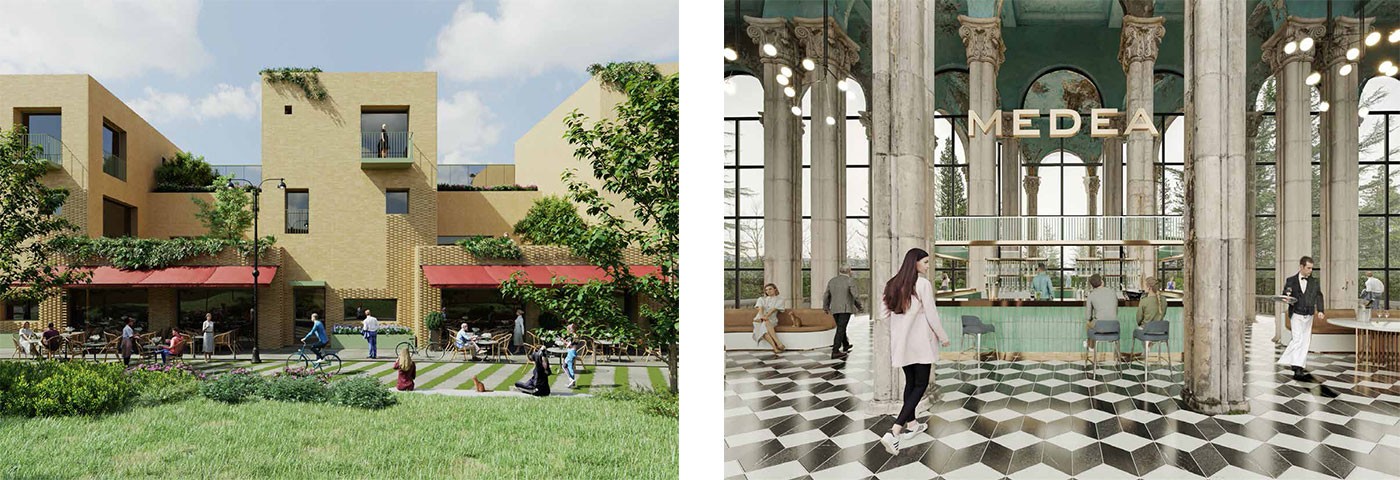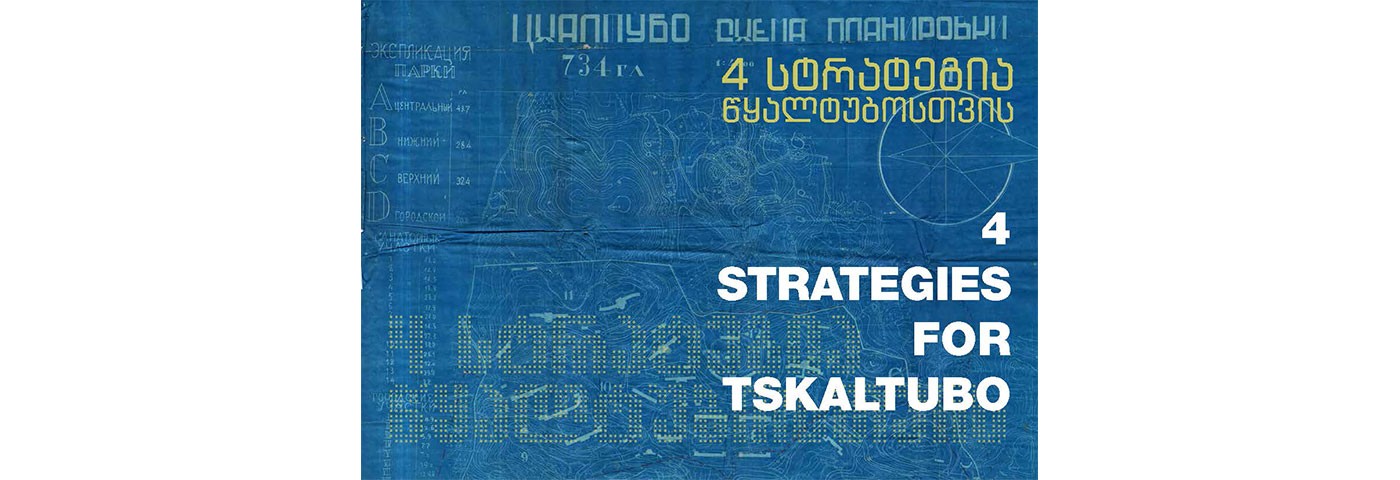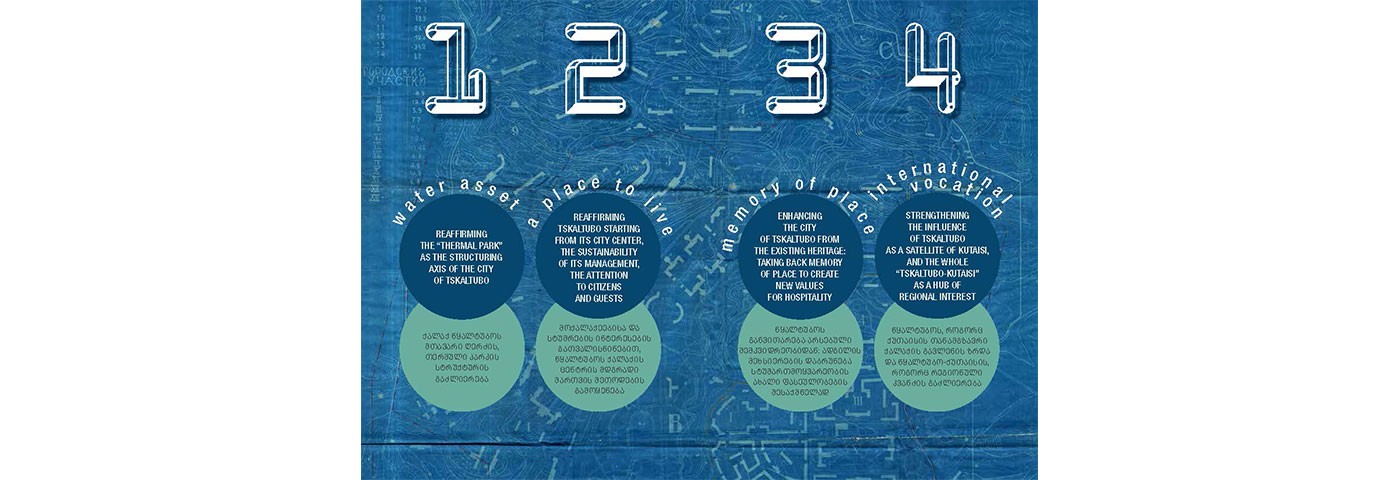Tskaltubo is starting a new life
A former balneology resort is starting a new life - Tskaltubo is to become a modern Georgian resort and an example of what a liveable city should look like.
In December 2020, the Ministry of Regional Development and Infrastructure of Georgia tasked a group of local and international experts with the creation of a conceptual master plan for the former Soviet balneology resort, Tskaltubo. At its prime, Tskaltubo hosted nearly 400,000 visitors annually, however, the dissolution of the USSR and the subsequent wars and civil strifes of the 90s transformed this once prosperous town into a derelict relic of the times past.
Presently, Tskaltubo counts more than 20 abandoned sanatoriums as well as administrative buildings and bathhouses amongst its architectural treasures. These buildings were constructed from the late 1920s up to the late 1980s and represent all four of the major architectural movements of the Soviet century. Additionally, Central Park still remains to this day, the largest urban park in all of Georgia.
At the presentation of the Conceptual Master Plan of Tskaltubo, which took place on the 20th of August, 2021, the team of experts presented their vision for the revival of the town. The team was led by an Italian architect and urban planning expert, Marco Ardielli; urban planning was done by BAU Design; Cushman & Wakefield Georgia worked on assessing the feasibility and economic impact of the project. Additionally, the team included experts in cultural heritage and conservation, tourism, and environmental protection, and sustainability.
Conceptual Master Plan envisions the conversion of Tskaltubo from a mono-functional balneology resort into a multifunctional, liveable town. The defunct sanatoria will be redeveloped into hospitality, commercial, residential and recreational institutions with a total room capacity of Tskaltubo reaching 5,000 beds within 10 years of its development. The town center will be expanded and redeveloped to become the nexus of all activity in the new Tskaltubo. Additionally the main resource of the resort - the Park - will be extended laterally to cover expansive Northern and Southern planes. In the Northern part, the park will accommodate sports and athletics infrastructure while the Southern part - which is slated to be developed at the later stages of Tskaltubo revival - will be dotted with sustainable infrastructure - thermal greenhouses and farms, waste management plants, etc.
Apart from prioritizing the development of the Tskaltubo’s main resource - its Park with its healing waters - and ensuring the cultural heritage and memory are rehabilitated and revived, the Conceptual Master Plan also aims to ensure that Tskaltubo is a liveable city for its residents and that its connection with the nearby Kutaisi is reinstated and rectified.
According to the projections made by Cushman & Wakefield Georgia, the investment required for such a transformation exceeds $200 million over the next five years. Additionally, should this project be implemented with due diligence, it is expected that the number of international visitors (presently stagnating at 25,000 per annum) will reach 350,000 within 10 years' time. Tskaltubo revival will additionally boost FDI, job creation, and local GDP significantly.








.jpg&ratio=1.492537313:1&dimension=200x134&x=&y=)

